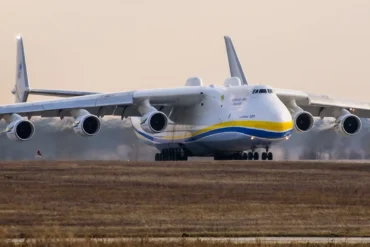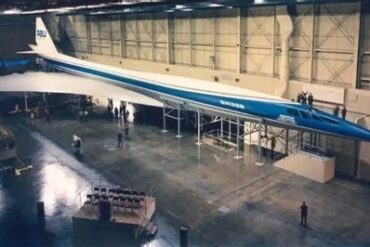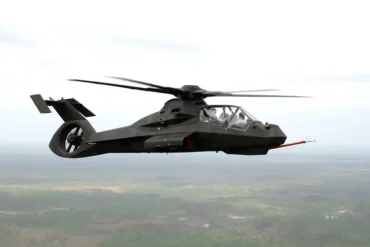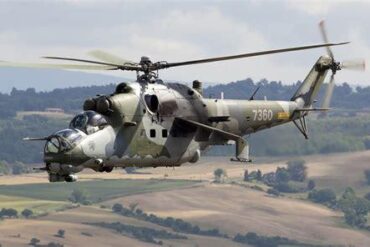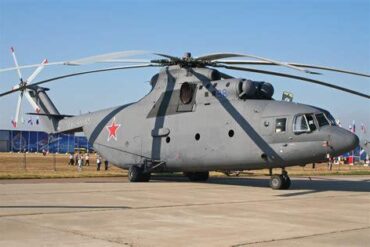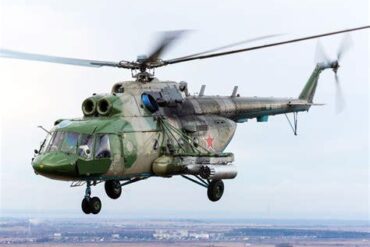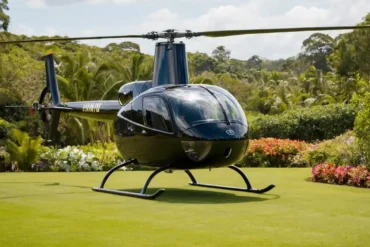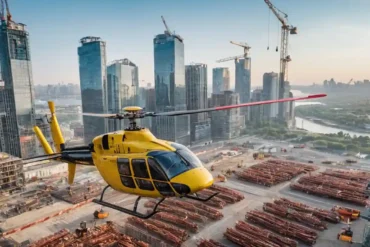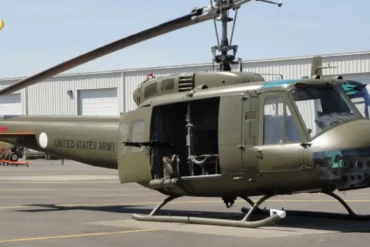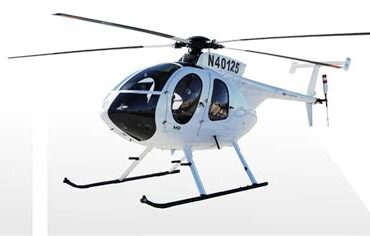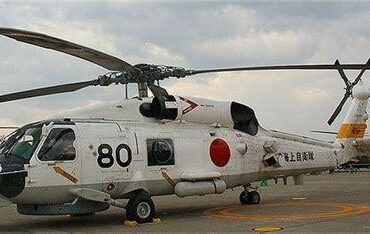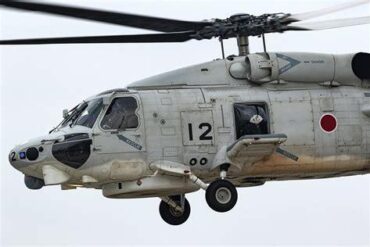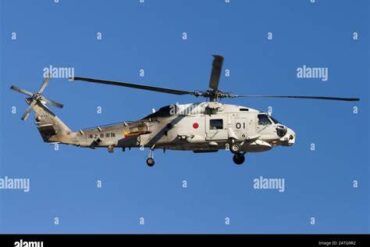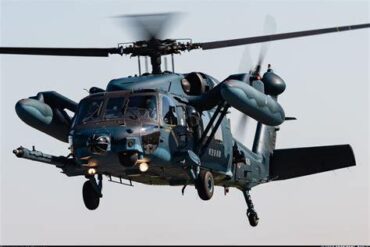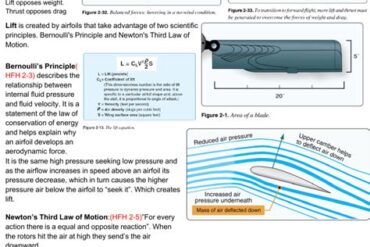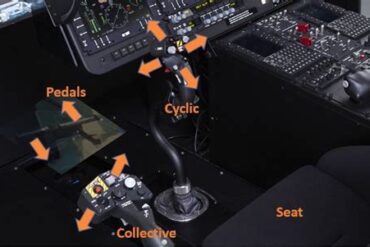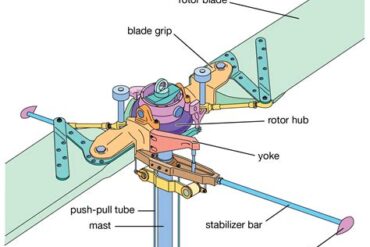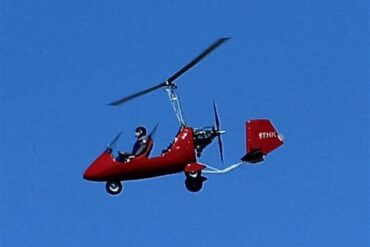Key Points
- The Soviet Mil V-12 helicopter was a game-changer, able to land without runways and promising big things for military and remote transportation.
- While it didn’t quite live up to its full potential, the Mil V-12 paved the way for the powerful Mil Mi-26.
- Even though it was discontinued, the V-12 project left a lasting mark on future big helicopter-like aircraft around the world.
Imagine a helicopter so massive it could rival some airplanes in size. That’s exactly what the Soviet Union created in the mid-1960s. In July 1968, this incredible machine took its first successful flight. The Mil V-12 had the potential to completely change how we think about air travel. Although it didn’t quite reach its lofty goals, this giant helicopter taught engineers a lot about building really big flying machines with spinning blades.
Here’s the cool thing about helicopters – they can go places planes can’t. While big cargo planes need long runways, helicopters can touch down on small patches of open ground. Pretty neat, right?
Now, think about how useful huge helicopters could be. In wartime, they could land in battle zones without needing much support. During peacetime, these big birds could carry tons of stuff to far-flung corners of the Soviet Union. For airlines, they could open up new routes to cities without big airports. Seeing all these possibilities, Soviet engineers set out to build the ultimate helicopter. Let’s dive into the story of the Mil V-12!
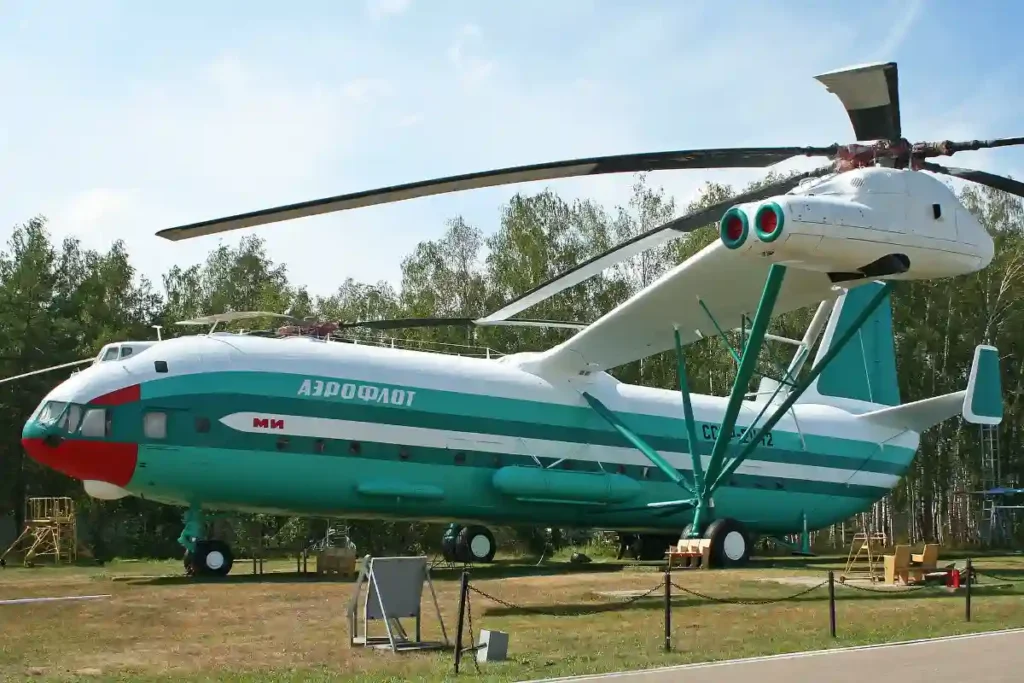
Setting the Scene
Back in the early 1960s, the Soviet Union had an idea: build a helicopter as big as a large Antonov An turboprop plane. But unlike those planes that need runways to take off and land, this new helicopter – later named the Mil V-12 – could pick up cargo right where it was and deliver it straight to its destination. No runways needed!
This massive helicopter could be super useful for moving Cold War military stuff, like those big intercontinental ballistic missiles (ICBMs). At first, they thought about making it look like the Boeing CH-47 Chinook, with spinning blades at the front and back. But that design never made it to full-scale production.
How Big Are We Talking?
- Could carry 196 people
- Length: 121 feet 5 inches (about as long as a Boeing 737)
- Wingspan: 219 feet 10 inches (including the rotors – that’s wider than a Boeing 747!)
- Height: 41 feet (about as tall as a four-story building)
- Empty Weight: 152,339 pounds (as heavy as about 30 elephants)
- Maximum Takeoff Weight: 231,485 pounds (that’s like 46 elephants!)
The sheer size of this helicopter caused some headaches, so the designers had to rethink their plans. They tried a regular single-rotor design with a side tail rotor, but that didn’t work out. Finally, they settled on a layout similar to the Bell Boeing V-22 Osprey, with rotors on each wingtip. This clever design meant they didn’t need a tail rotor.
After careful planning, they started building the first Mil V-12 prototype. It had a long, sturdy metal body over 90 feet long, with a wingspan of more than 215 feet when you include both rotors. Pretty impressive, right?
The front of the helicopter had a two-story cabin and crew area. Downstairs, you’d find the pilot, co-pilot, flight engineer, and electrical engineer. Upstairs was space for the radio operator and navigators. At the back, there were big clamshell doors and a ramp for loading cargo, plus side doors to get into the cargo hold. There was also a small tail fin on top of the back of the body. Two powerful Soloviev D-25VF engines spun the massive 115-foot rotor blades. The first Mil V-12 prototype took to the skies in 1968.
The second prototype made its debut to the West at the 1971 Paris Air Show, where NATO gave it the nickname ‘Homer.’ Before its Paris appearance, the Mil V-12 had already broken two records for carrying heavy loads. In February 1969, it lifted 31 tonnes (about as heavy as five adult male elephants) to a height of 9,682 feet. Then in August that same year, it carried 40.2 tonnes (picture about seven elephants) up to 7,398 feet. Pretty amazing, right?
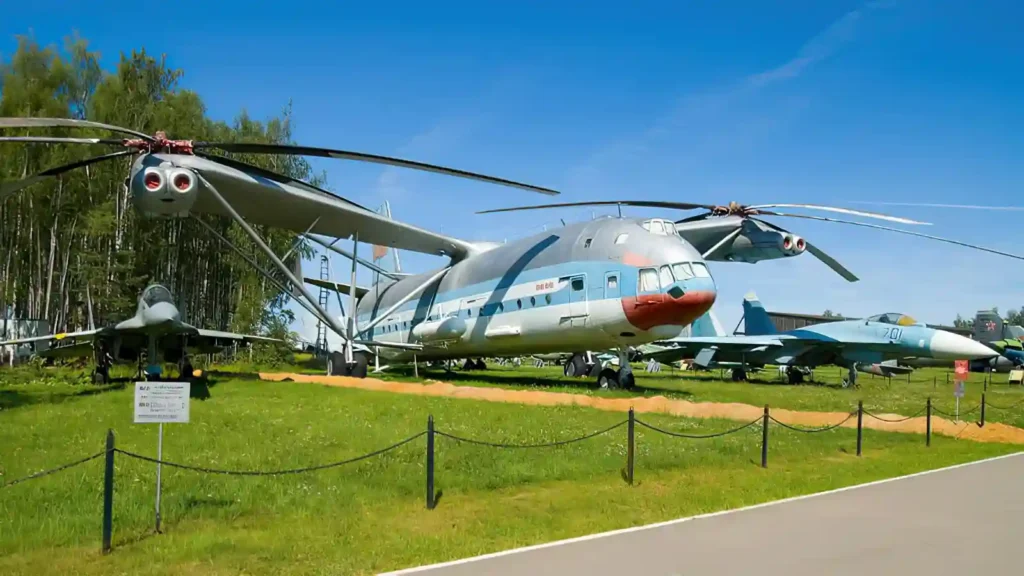
While it was mainly designed for military transport, there was talk about making a passenger version for Aeroflot. To give you an idea of how big this helicopter was, a passenger version could have carried 196 people – that’s as many as a modern Airbus A321neo in a two-class setup!
The clever folks at the Mil Design Bureau thought the Mil V-12 could be super useful in remote parts of Siberia for mining and logging, where there aren’t many roads. But by the time they were ready to start making lots of them, the Soviet Union didn’t need to move ICBMs around as quickly anymore. So, they lost interest in the big V-12 project.
They stopped working on the Mil V-12 and instead focused on developing the Mil Mi-26, which became the largest and most powerful helicopter to ever be mass-produced. While the Mil V-12 helped inspire the Mi-26, the prototypes still hold the record for being the biggest helicopters ever built. They set several records in their short time flying.
On top of the achievements we’ve already mentioned, the Mil V-12 broke six more world records while it was in operation. Believe it or not, four of these records are supposedly still unbeaten today! These impressive feats included reaching maximum altitudes while carrying payloads between 15,000 and 40,000 kg. The first four records were set during that February 1969 flight to 9,682 feet, and the last two were achieved in August of the same year at 7,398 feet.
Even though they stopped working on the Mil V-12, the idea behind it lived on. It inspired many countries around the world to try developing their own powerful aircraft that could take off and land vertically. For example, the British-built Fairey Rotodyne, while smaller than the V-12, was still a pretty big vertical-takeoff transport. Both British commercial airlines and the Royal Air Force (RAF) were interested in it. It just goes to show how the Mil V-12, despite its short life, left a lasting impact on the world of aviation!

